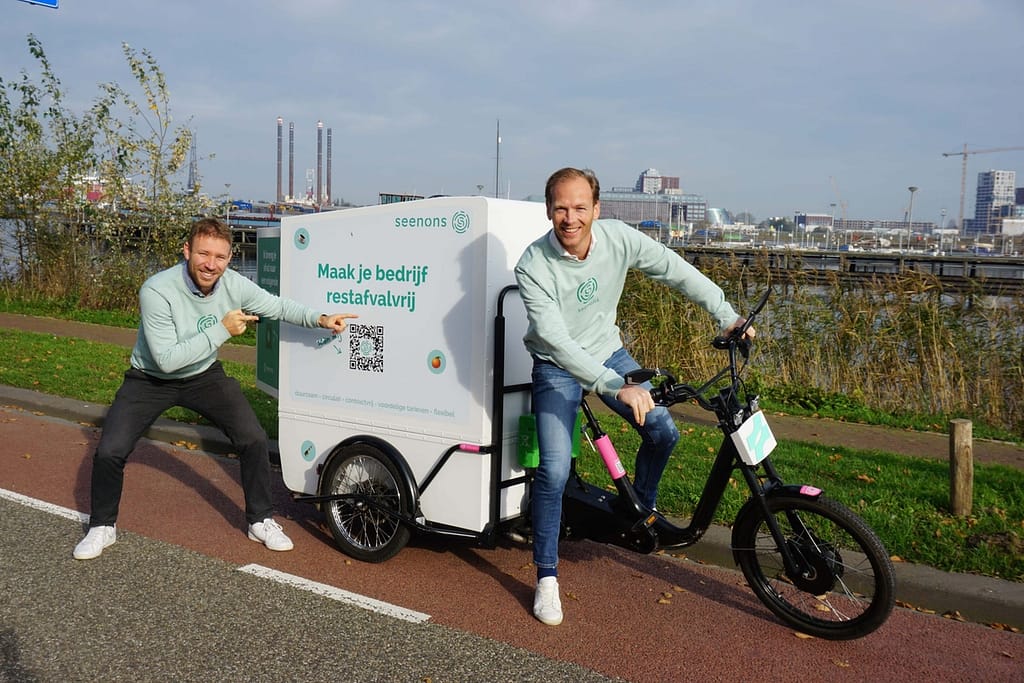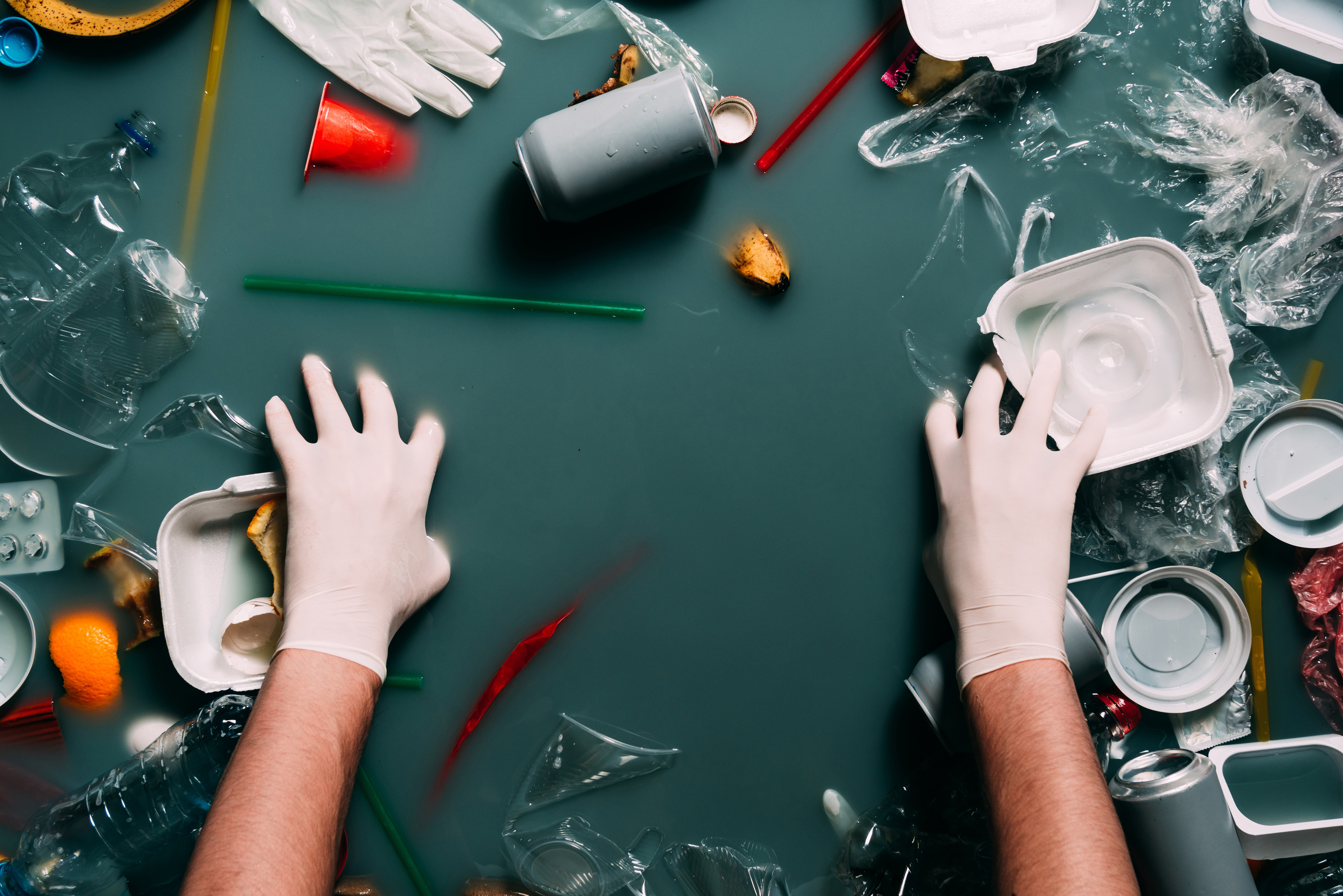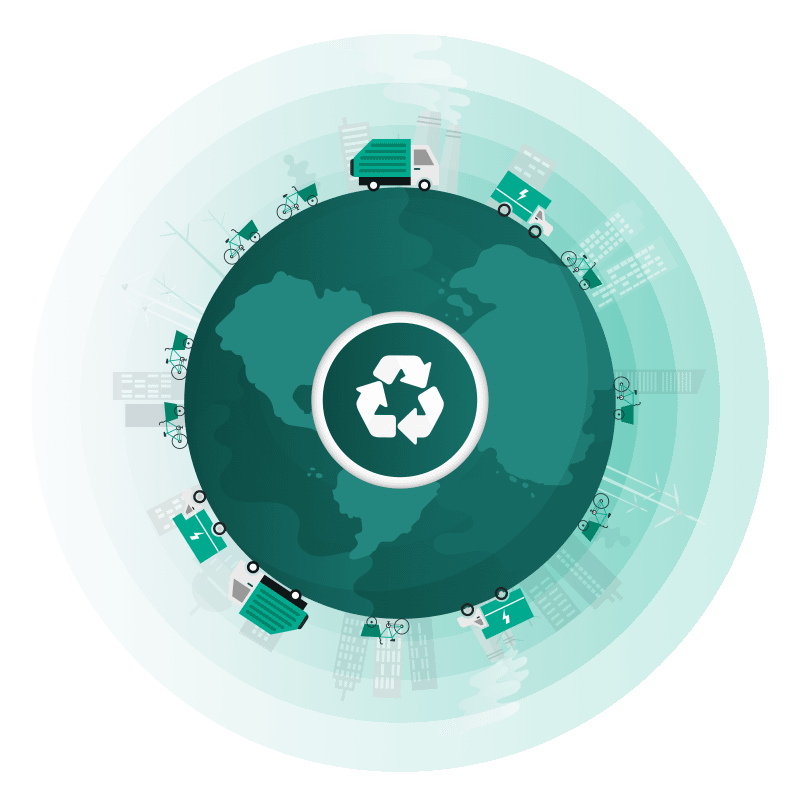First published on Amsterdam Smart City
The circular economy is becoming the new normal, and data is propelling it. In the Amsterdam Metropolitan Area, numerous organisations are already hard at work on circular initiatives that prioritise the application of data. Among them is Seenons, which helps businesses manage their waste separation and collection. In this article, the owners of Seenons share their insights.
Waste disposal services for businesses have not exactly kept up with the times. Most of the waste is incinerated, and, paper and glass aside, it’s quite complicated to separate waste streams and have them collected. ‘I got one surprise after another when I began delving into this world,’ says owner of Seenons, Jorn Eiting van Liempt. ‘“Something has got to change here,” I thought. Waste incineration might once have been a good option, but now we really can do better.’

Managing waste streams
Seenons helps businesses get their waste streams collected separately via a digital platform that lets companies manage their own waste. It provides insights into the waste streams and their worth, which helps them choose which streams to have collected separately and pay for it. Seenons then arranges the logistics. The separated waste might be picked up by parcel delivery, an electric cargo bike or a traditional waste service provider. Seenons has no wheels of its own, Eiting van Liempt explains. ‘We connect the parties.’
Seenons is the missing link between the data and the actual implementation, said Joost Kamermans, the co-founder. ‘We saw that a lot of start-ups in the circular economy mainly focus on raw data, on mapping waste streams. But that doesn’t actually get discarded orange peels from Schiphol to Brabant. This is why we also focus on logistics.’

Peels and coffee grounds
Around 150 organisations are onboard. Seenons might arrange the collection of coffee grounds for one company, orange peels – which contains valuable oil – for another, and electronic devices for a third.
‘Companies often assume it has to be very hard, but it’s just a matter of getting started,’ says Eiting van Liempt. ‘You begin with one or two separate collection streams and expand slowly. Take our client Yoghurt Barn: they were able to reduce their residual waste by 82 per cent within two weeks. Even the kiwi skins left over from making fruit shakes are still usable: we collect them separately to make syrup, which Yoghurt Barn can then sell in their shops.’
These ideas can also facilitate bottle recovery. During a pilot with Dijkstra Plastics, the company that produces the containers for some Remia sauces, parcel deliverers picked up the empty mayonnaise containers from snack bars. ‘We saw in our data from snack bars that these containers were being disposed as residual waste, and then we contacted Dijkstra Plastics,’ says Kamermans. ‘The pilot showed that you can collect the containers separately, but at the same time, it’s complex to change a system like this. You can’t just reuse the containers for sauce, as there are all sorts of rules about that. As an interim solution, Dijkstra is now going to process the containers into paint buckets.’

Challenges
Of course, there are also challenges. The co-founders find current regulations to be particularly constraining. It is often cheaper to simply dispose of some streams as residual waste, and no financial incentives or disincentives exist to make it more economical to use recycled materials.
And then of course the corona crisis is an issue. Cafés, restaurants and sports clubs were Seenons’ biggest group of customers, but their activities have now largely come to a standstill. Fortunately, sign-ups have come from other organisations, not only the usual customers, but also financial institutions interested in the data-driven waste profiles that Seenons creates. ‘Companies that need a loan can use this profile to demonstrate their ambitions for sustainability,’ Kamermans says. ‘This is valuable information for these service providers. For us, it’s an interesting new market to discover.’
Their advice to other businesses with circular business plans is ‘always ask yourself whether your idea would also work if sustainability didn’t play a role. Of course, circularity appeals to potential customers, but you also have to ensure that what you’re offering is better, simpler and/or cheaper than something that already exists.’
This article is an initiative by Seenons | Amsterdam University of Applied Sciences | City of Amsterdam | Amsterdam Economic Board | Amsterdam Smart City | Metabolic | AMS Institute. Together we are working to accelerate the circular economy in the Amsterdam Metropolitan Area, sharing practical stories for and about entrepreneurs and businesses.




